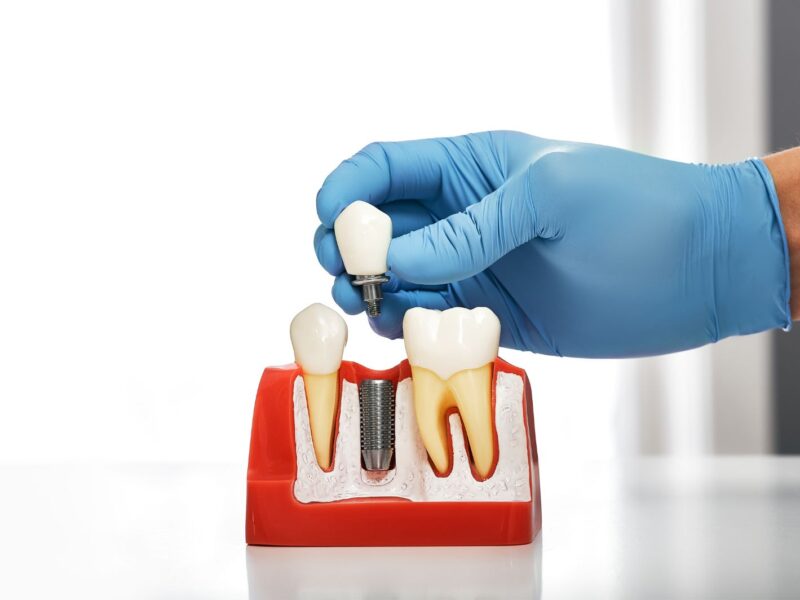Visiting the dentist can be a nerve-wracking experience. Yet, oral sedation offers a calming solution to ensure a more relaxed and stress-free dental visit.
This complete guide will walk you through all you need to know about preparing for oral sedation at the dentist. It will also ease your worries and help you have a smooth procedure.
Read on to learn more.
Table of Contents
Understanding Oral Sedation
Oral sedation is a widely used technique by dentists to help patients relax during dental procedures. It entails taking medication orally, usually in pill form. The sedation level can range from mild to moderate, depending on the dosage and the patient’s needs.
There are different types of dental sedation medications, each with varying effects. The most common medications used include diazepam, midazolam, and triazolam.
Your dentist will choose the right medication and dosage. They will base this on your medical history, anxiety level, and the procedure’s complexity.
Pre-Sedation Consultation
Before undergoing oral sedation, a consultation with your dentist is essential. This step ensures that you are a suitable candidate for sedation and allows your dentist to tailor the oral sedation options.
During the consultation, your dentist will review your medical history in detail. Be sure to tell them about any existing health conditions.
Also, tell them about any drugs you are taking now and any past experiences with sedation. This information is crucial for determining the safest and most effective sedation approach.
Preparing for Sedation Day
Proper preparation is key to ensuring a smooth sedation experience. Follow these steps to get ready for your oral sedation appointment.
Your dentist will provide specific instructions on fasting before the procedure. It is recommended to avoid eating or drinking anything for at least six hours before your appointment.
The Day of Sedation
On the day of your sedation appointment, follow these guidelines to ensure a smooth and stress-free experience.
Arrive at the dental office early to complete any necessary paperwork and allow yourself time to relax before the procedure. Being early also ensures that the sedation process can start on schedule.
During the Sedation
Knowing what to expect during sedation can ease anxiety. It can also ensure a more comfy experience.
Your dentist will provide you with the prescribed dental sedation techniques, which you will take at the dental office. The medication typically takes about 30 to 60 minutes to take effect, so you may spend some time waiting for it to work.
Post-Sedation Care
After the procedure, you will need some time to recover from the effects of the sedation. Your dentist will watch you until you are alert and stable enough to go home. Recovery times vary, but most patients feel back to normal within a few hours.
Once you are allowed to eat and drink, start with small sips of water and gradually reintroduce light, nutritious foods. Avoid heavy, greasy, or spicy foods that may upset your stomach.
Plan to rest for the rest of the day and avoid any strenuous activities. Give your body time to recover and allow the sedation effects to wear off completely.
Understanding the Step-by-Step Guide to Prepare for Oral Sedation
Oral sedation is a valuable tool for making dental visits more comfortable and less stressful. By understanding the process and following the steps outlined in this guide, you can prepare effectively and ensure a smooth sedation experience.
Remember, your dentist is there to support you every step of the way. If you have any questions or concerns, don’t hesitate to reach out.
For more helpful tips, check out the rest of our site today.



